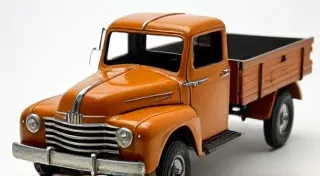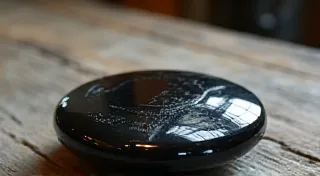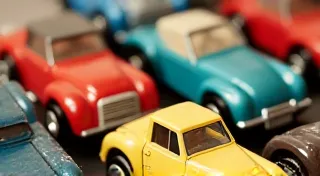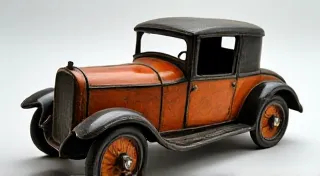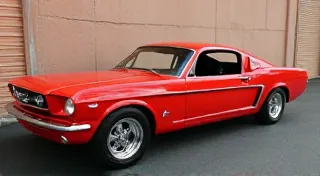The Cartographer's Dream: Mapping the Evolution of Toy Car Design
The allure of antique toy cars transcends mere nostalgia; it’s a portal to a bygone era, a tangible link to the ingenuity and artistry of generations past. As a collector for over thirty years, I’m not merely acquiring miniatures, but fragments of history. Each chipped paint job, each meticulously crafted detail whispers a story of innovation, changing times, and the simple joys of childhood. For the serious collector, understanding the evolution of toy car design isn’t just a hobby, it’s akin to a cartographer meticulously mapping a fascinating, ever-shifting landscape.
The Dawn of the Miniature: Cast Iron and the Industrial Age
The earliest toy cars weren’t focused on a specific desire for accuracy. They were born of the Industrial Revolution, products of foundries churning out mass-produced goods. Around the mid-19th century, American and European manufacturers began experimenting with cast iron, creating simple, robust, and relatively inexpensive models. These weren’t intended as replicas of specific automobiles – the automobile, as we know it, was still in its infancy. Instead, they were generic representations of carriages, wagons, and early horseless carriages. Think chunky wheels, simplistic body shapes, and a reliance on bright, primary colors – often red, blue, and yellow. These were durable toys, meant to withstand the roughhousing of children, and many examples survive today, albeit often bearing the marks of decades of playtime. The simple construction of these early toys makes them relatively accessible for new collectors; however, understanding their value can be more complex than one might initially assume.
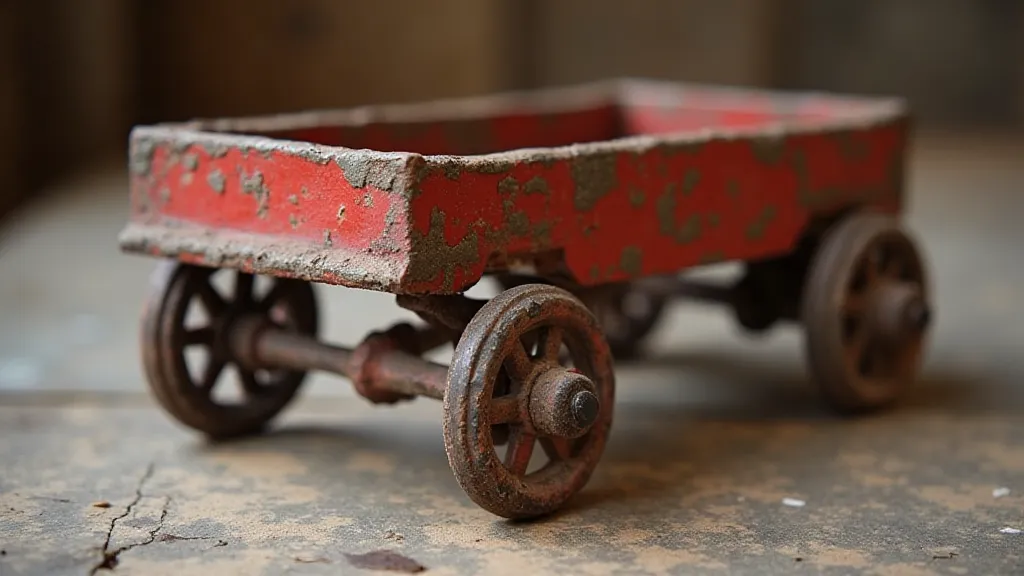
The craftsmanship, while rudimentary by today’s standards, was still remarkable. Each piece was painstakingly molded and finished by hand. There was a certain honesty to these early toys – they were what they were: sturdy, entertaining, and a reflection of the burgeoning industrial age. Their value today isn’t necessarily tied to rarity, but to their condition and the survival of the original paint job. A wagon in original paint, free from significant damage, is a treasure indeed. Many collectors are drawn to these early pieces not only for their historical significance but also for the challenge of finding and restoring them to their former glory. The joy of collecting, and the often-complex decisions around restoration, can seem daunting to a beginner. Those just starting out may find a beginner's guide to vintage toy car collecting helpful in navigating these initial steps.
The Rise of Automotive Realism: Tinplate and the Early 20th Century
As the automobile gained popularity in the early 20th century, so too did the desire for more realistic toy cars. Tinplate – thin sheets of iron coated with tin – replaced cast iron as the primary material. This allowed for more intricate designs and a lighter weight. Suddenly, toy cars began to resemble the real thing, albeit in a simplified and often stylized fashion. Companies like Lionel and Marx emerged as major players, producing a wide range of models, from firetrucks and delivery vans to miniature versions of popular cars like the Ford Model T. This era represents a crucial turning point in toy car design, as manufacturers began to consider aesthetics and accuracy to a greater extent.
This era saw the introduction of wind-up mechanisms, allowing the toy cars to propel themselves forward with a delightful whirring sound. The design aesthetic began to shift from purely functional to increasingly decorative, with details like chrome accents and hand-painted interiors becoming more common. The craftsmanship, while still largely factory-driven, incorporated more skilled labor to achieve these finer details. I recall my grandfather showing me his collection of Marx wind-up cars – the gleam of the tinplate, the satisfying click of the winding key – a memory as vibrant as the cars themselves. For those just starting to explore collecting, researching manufacturers like Marx can be an excellent starting point, and understanding their production methods can provide valuable insights.
The Golden Age of Die-Cast: Post-War Innovation and the Miniature Automotive World
The post-World War II era marked a watershed moment for toy car design. The introduction of die-casting – a process of forcing molten metal into a mold – revolutionized the industry. Suddenly, manufacturers could produce incredibly detailed and durable models with greater efficiency. Companies like TootsieToy, Corgi, and Matchbox (later Mattel) dominated the market. The focus shifted towards replicating specific makes and models with remarkable accuracy. This period is particularly celebrated by collectors, and understanding its nuances is key to appreciating the value of these iconic toys.
Suspension systems – initially simple pressed springs – were introduced, further enhancing the realism. The color palettes expanded beyond the traditional primary colors, embracing a wider range of hues and finishes. Chrome detailing became ubiquitous, lending a touch of luxury and glamour. The rise of plastic – initially for tires and other non-metal components – added another layer of complexity and realism. These weren’t just toys; they were miniature works of art, reflecting the optimism and prosperity of the era. Many of these cars were produced in incredibly limited quantities, making them highly sought-after by collectors today. The increasing complexity of these models also led to new challenges in restoration and preservation, making specialized knowledge and tools essential for maintaining their value. The process of restoring these vintage models isn’t always straightforward. Often, specialized techniques and materials are required to achieve an authentic finish. A step-by-step guide to restoring vintage toy cars can provide valuable insights into these techniques.
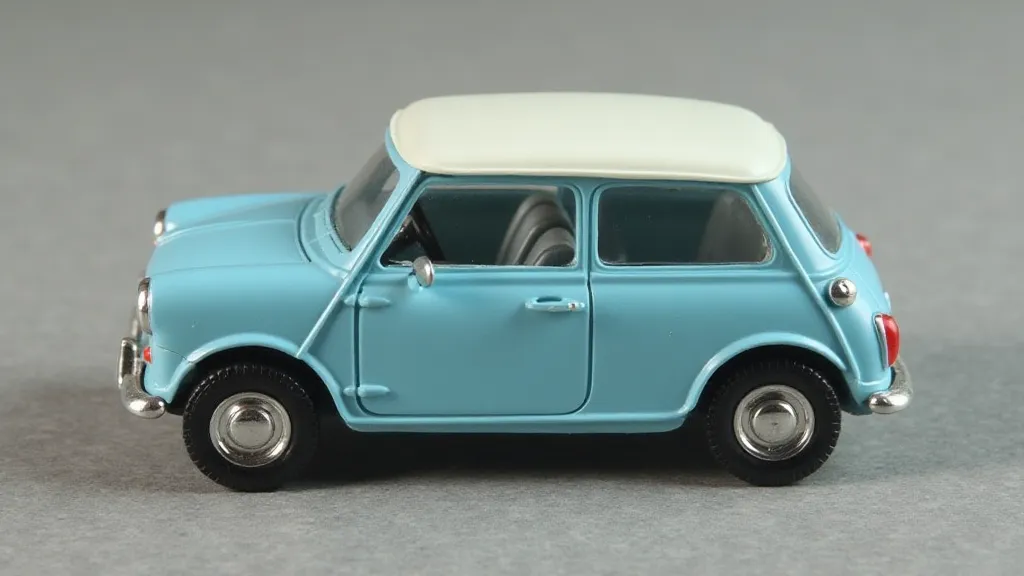
The level of detail achieved during this period is truly astonishing. Consider the tiny tampo prints replicating dashboard details or the carefully molded grilles and bumpers. It speaks to a dedication to precision and an understanding that even miniature objects can evoke powerful emotions. Restoring these cars – carefully cleaning the paint, replacing missing parts – is a labor of love, a way of connecting with the artistry and history of a bygone era. Collectors often find themselves engrossed in the intricacies of these restoration projects, learning about the original manufacturing processes and the materials used.
Beyond the Classics: Modern Toy Car Design & Collectibility
The evolution didn’t stop in the 20th century. Today's toy car market is a diverse landscape of highly detailed replicas, licensed movie and television tie-ins, and innovative new designs incorporating advanced technologies. The focus remains on realism and accuracy, but there’s also a growing appreciation for artistic interpretation and creative expression. The materials have also evolved, with greater use of advanced plastics and intricate die-cast alloys. While the classic die-cast models remain highly sought after, some enthusiasts are drawn to the unique qualities of pressed steel toys, and resources like Value of Vintage Pressed Steel Toy Cars can help them assess their worth.
While the classic models remain highly desirable, the emergence of specialized collecting niches – like limited-edition racing replicas or miniature versions of vintage trucks – is further enriching the toy car collecting landscape. The digital age has also played a role, with online auctions and forums facilitating a global community of collectors. For those interested in the early days of toy car collecting, exploring the history of companies like Dinky Toys and their impact on the industry can be a fascinating journey. Societal shifts are often reflected in the evolution of design and collecting trends. Those interested in a more theoretical perspective may find The Obsidian Mirror: Reflecting Societal Shifts Through Miniature Automobilia provides fascinating insights.
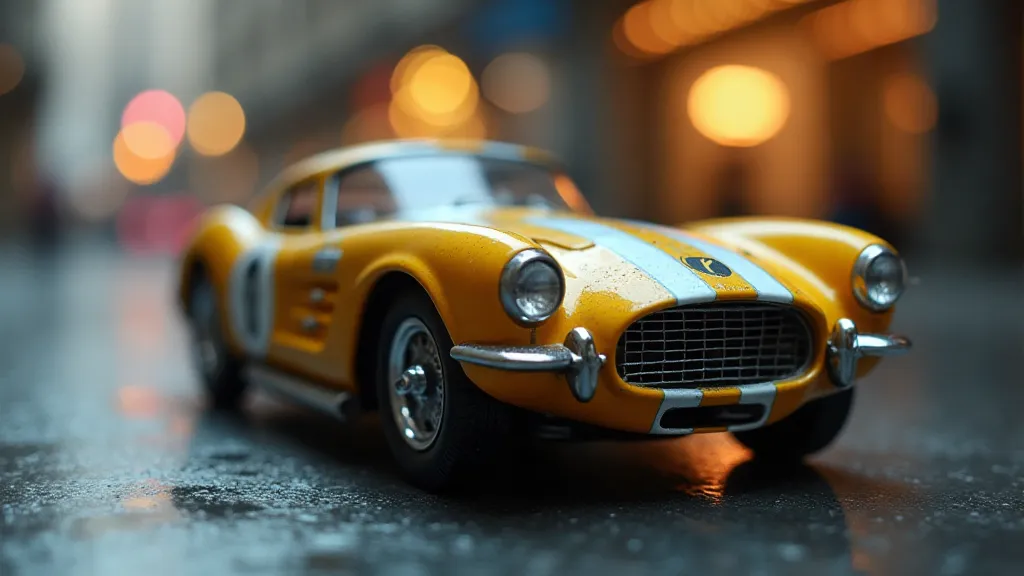
The allure of collecting extends beyond mere possession; it’s a connection to a lineage of innovation and artistry. Some enthusiasts even focus their collections on particular brands, which offers a unique depth of knowledge and appreciation. If you are seeking a deeper understanding of the intricacies of collecting, discovering resources like Hot Wheels Redlines: The Legend and Legacy can provide invaluable insights.
For me, collecting vintage toy cars isn’t just about owning miniature objects; it’s about safeguarding memories, appreciating craftsmanship, and connecting with a shared history. It’s a cartographer’s dream – charting a miniature world of ingenuity and artistry, one tiny car at a time.
